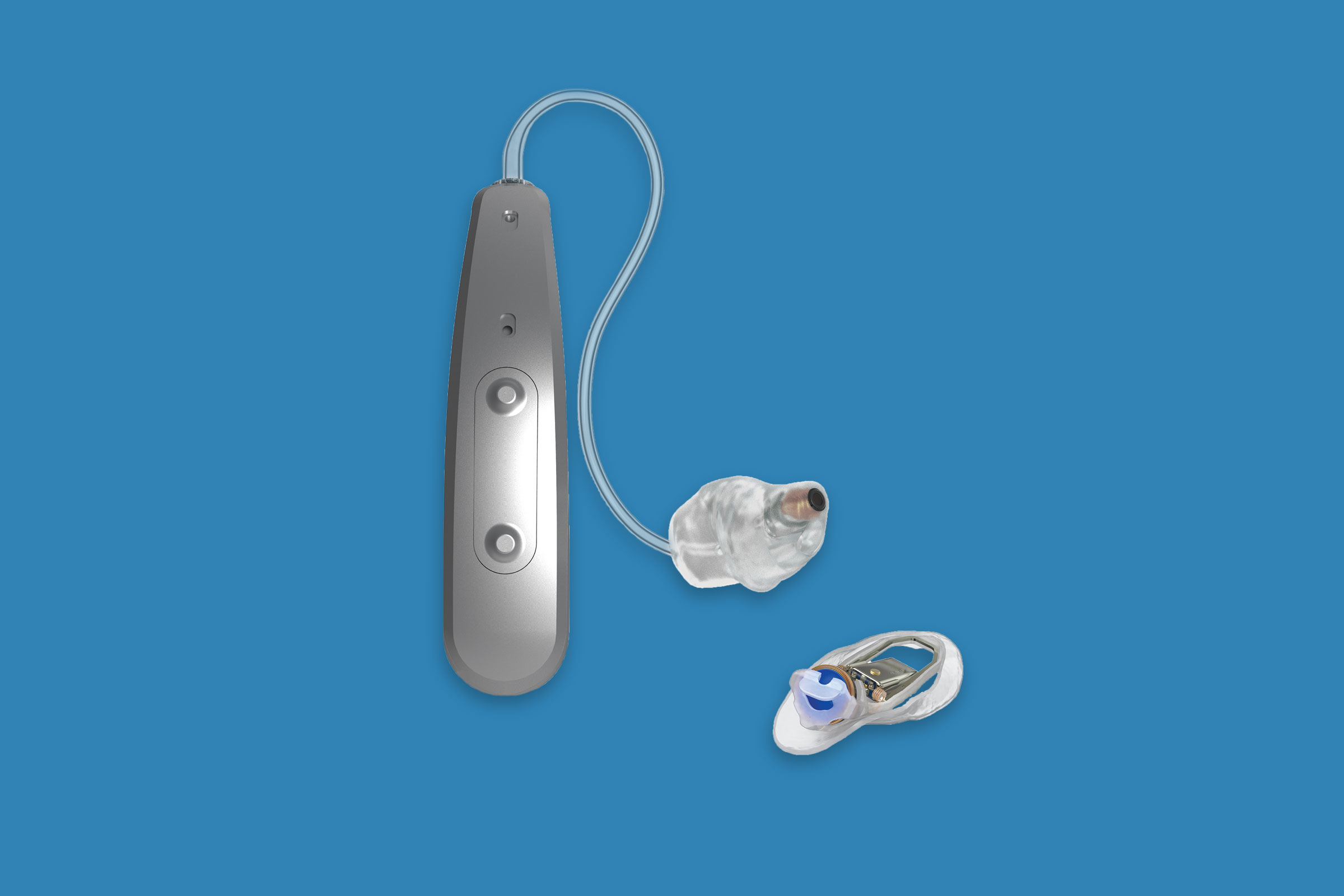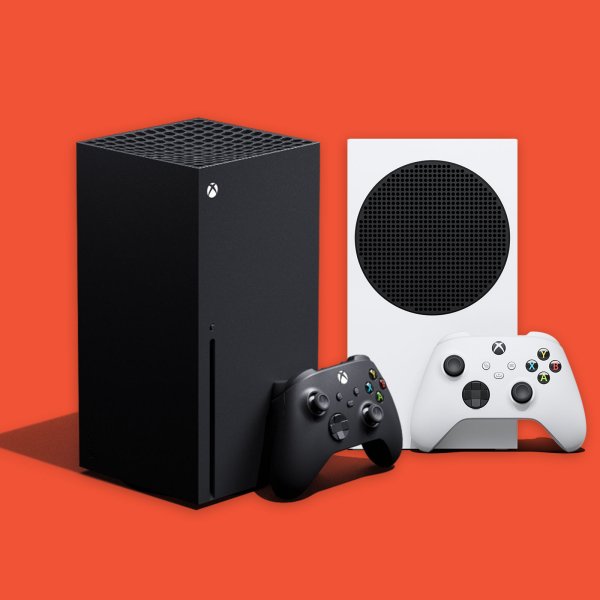Most hearing aids do a decent job of amplifying mid tones but struggle with the highs and lows, resulting in sound that is flat and dull. That makes it hard to follow conversations in a crowd—the so-called cocktail-party effect. Earlens ($6,000 per ear) upends the process, nixing the amplifier entirely and instead using a tiny lens that sits next to the eardrum. A microphone housed in the device’s over-the-ear processor picks up sounds, which an algorithm converts into vibrations that are transmitted to the eardrum. Put another way: rather than turning up the sound, Earlens actually re-creates the effect of the sound waves. —Marjorie Korn
More Must-Reads from TIME
- Cybersecurity Experts Are Sounding the Alarm on DOGE
- Meet the 2025 Women of the Year
- The Harsh Truth About Disability Inclusion
- Why Do More Young Adults Have Cancer?
- Colman Domingo Leads With Radical Love
- How to Get Better at Doing Things Alone
- Michelle Zauner Stares Down the Darkness






